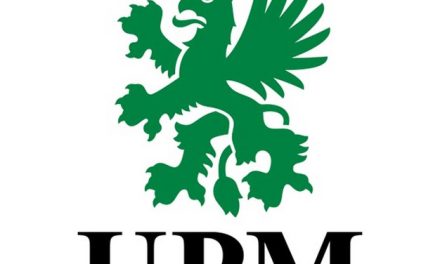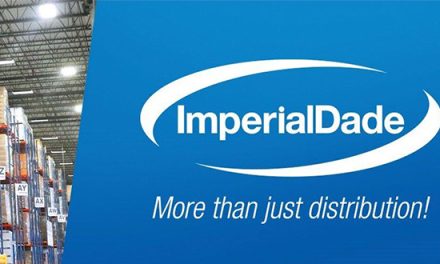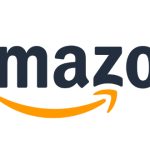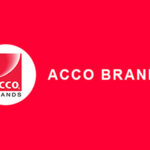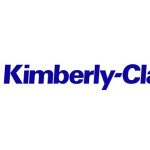Retailers faced new challenges this holiday season, with lower holiday hiring for some companies and layoffs during the busiest time of year. Economic uncertainty also loomed over consumers, as higher prices on goods pressured consumers and caused many to pull back on discretionary purchases. To help spark a sense of joy during the season and encourage spending, many retailers leaned on nostalgia in their marketing campaigns.
To lure in customers, many brands sought various marketing strategies with the help of newer tech, such as virtual stores like J. Crew’s holiday-themed store and Kohl’s virtual holiday events. The social media platform TikTok Shop launched in the U.S. just prior to the holiday season, introducing the ability to purchase recommended products in the app. After the pandemic, many marketing tactics have taken on a hybrid format involving both online and in-person interactions.
Inflation squeezed households for much of the year, but many consumers nevertheless kept spending. The second half of the year saw prices ease, but uncertainty made earlier and deeper holiday promotions essential to help customers stretch their budgets. By September, retail prospects seemed to dim, but the tactic of pushing early holiday deals seems to have paid off, with Black Friday and November in general being a surprise win for retail.
For more information, visit the Retail Drive Website.



